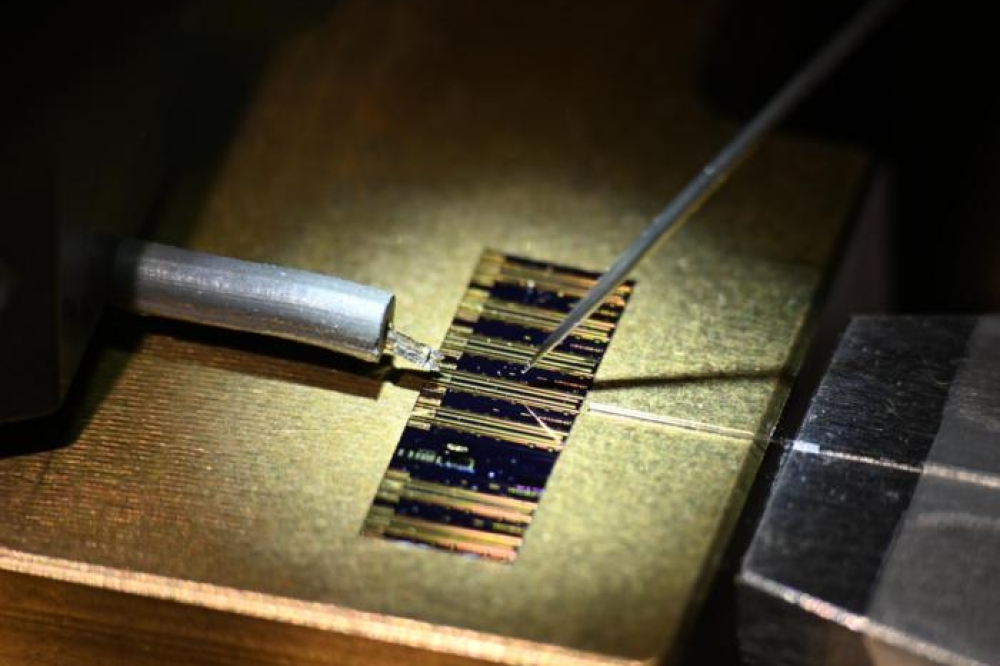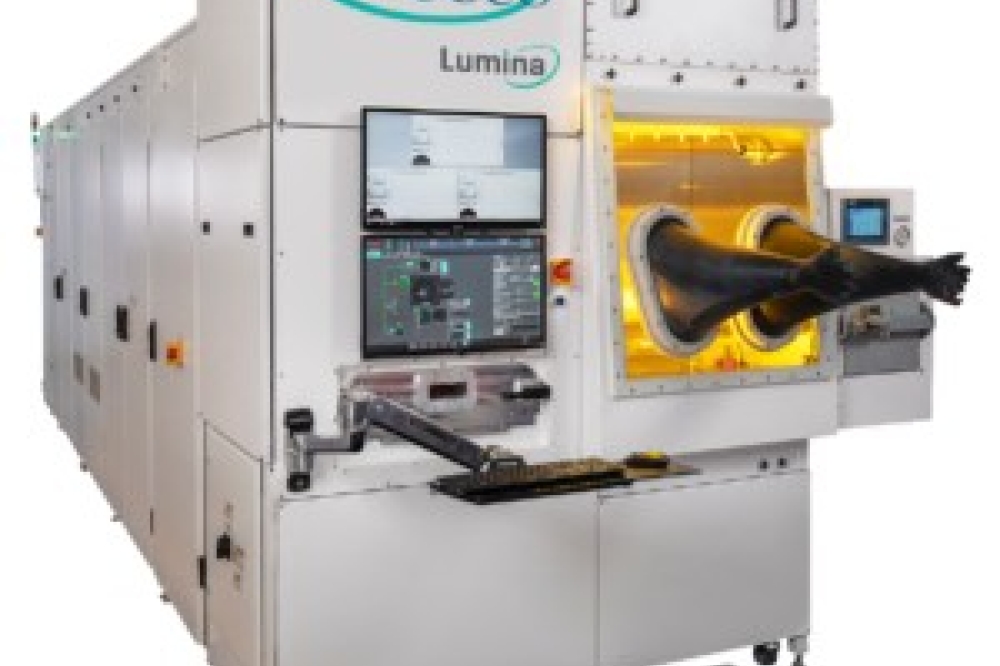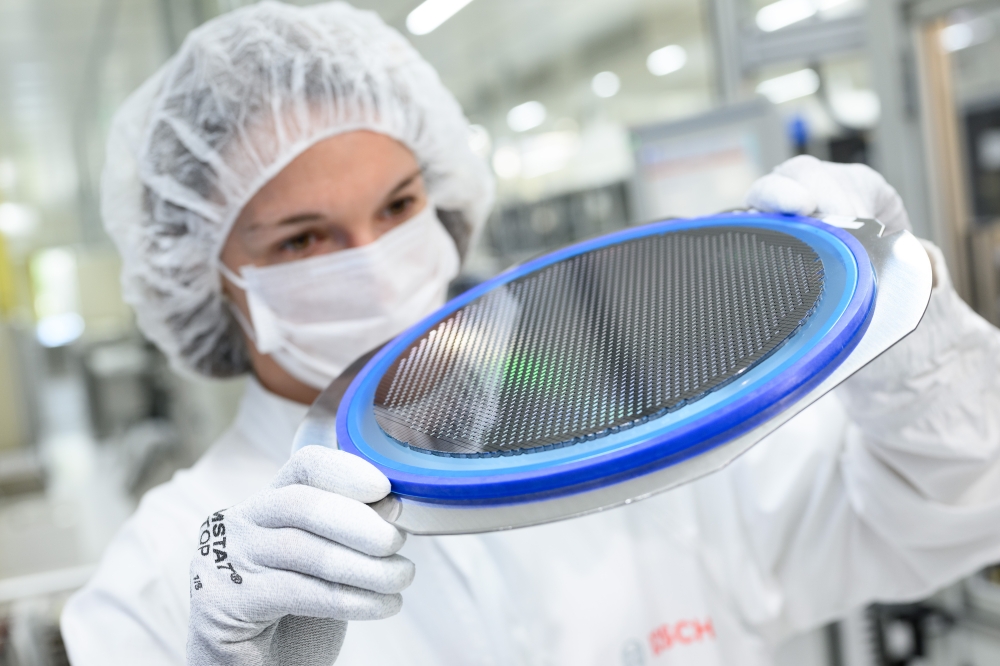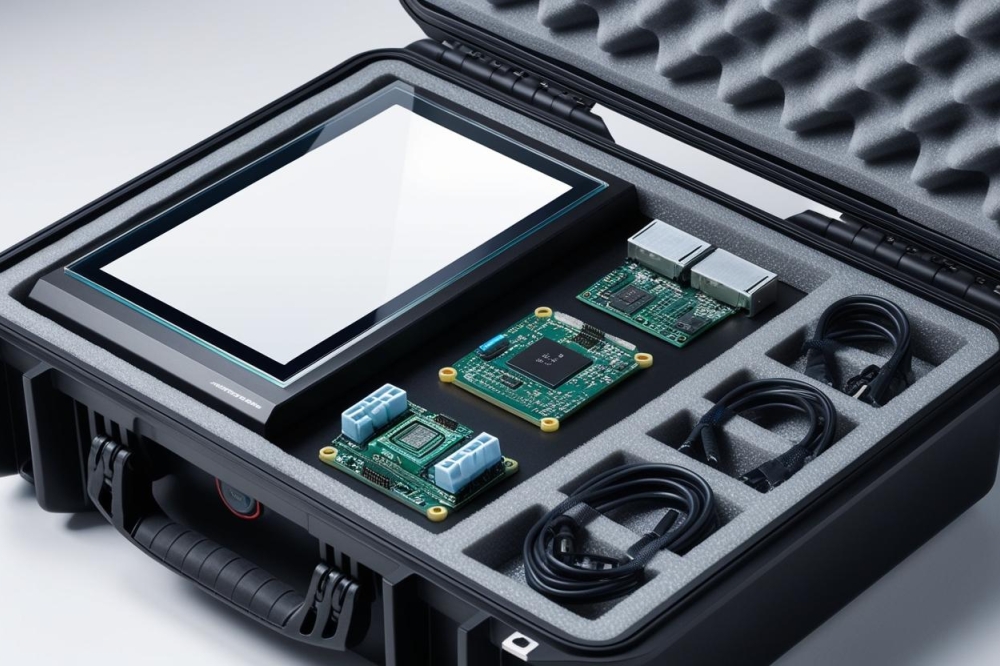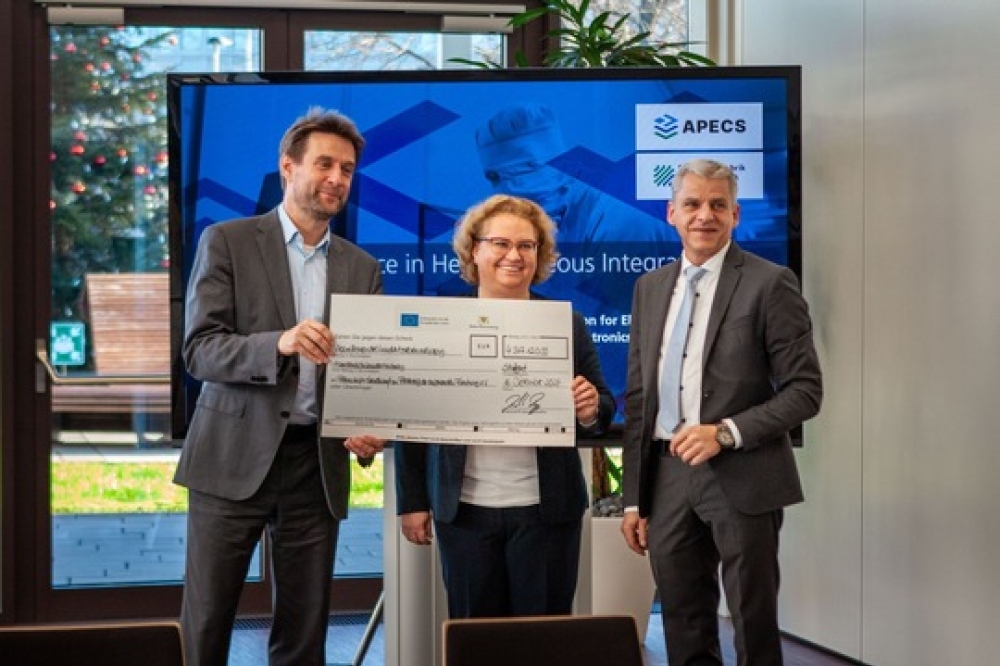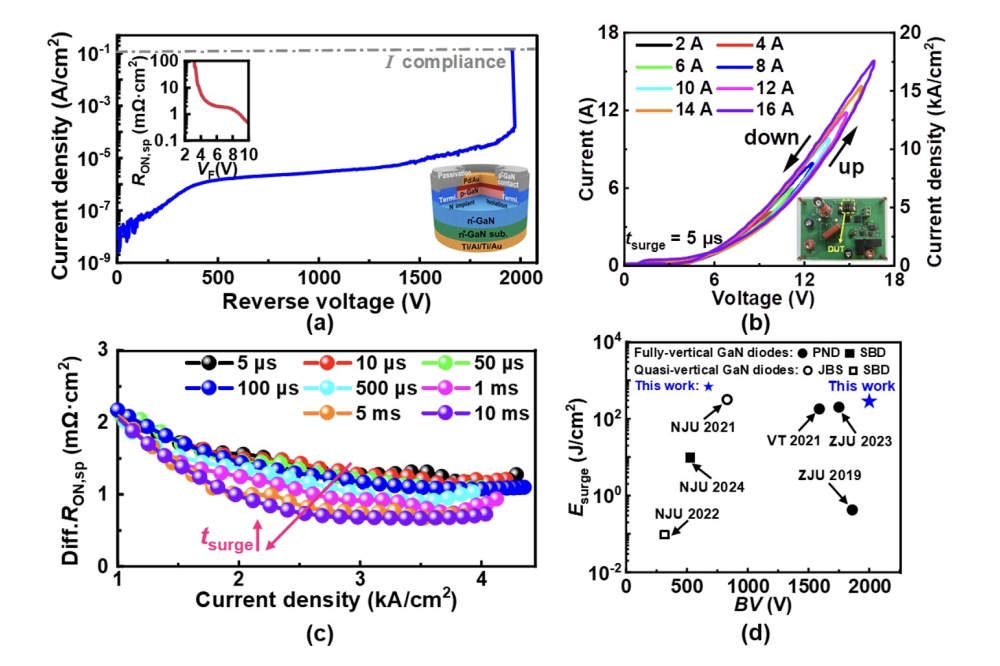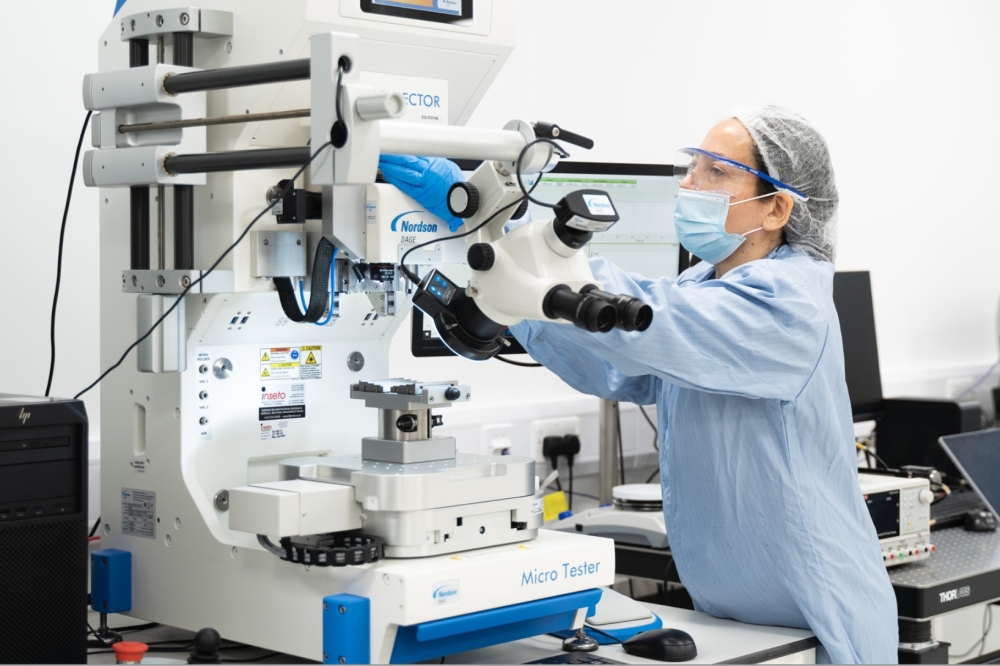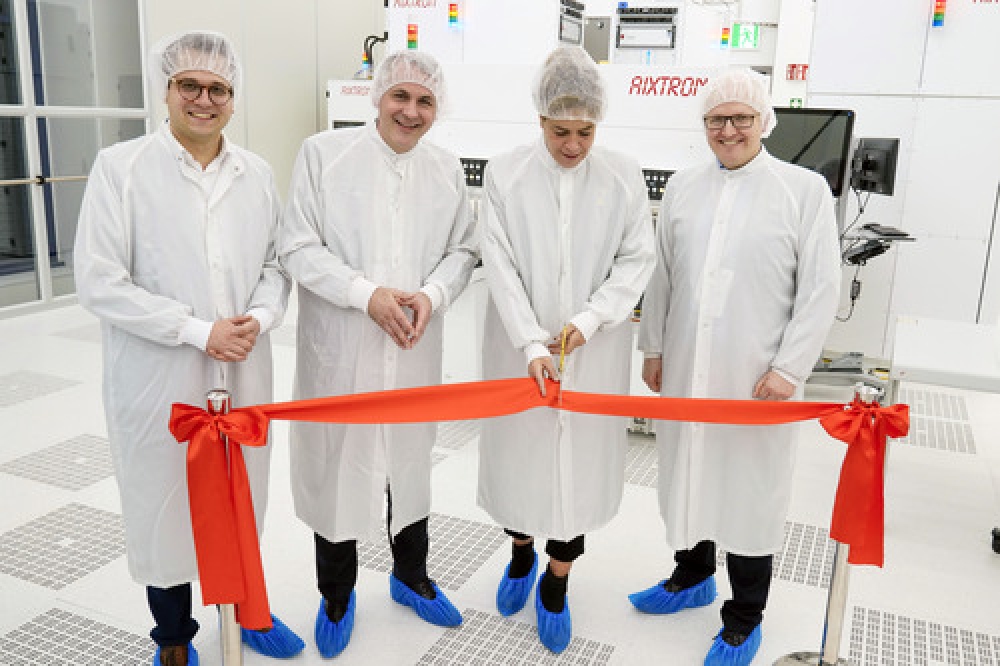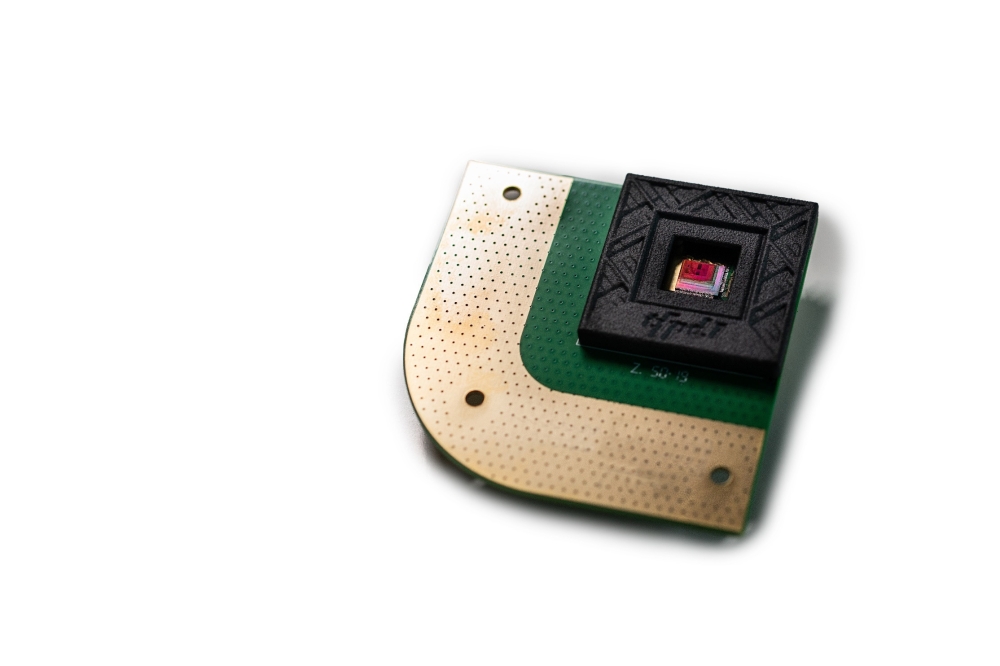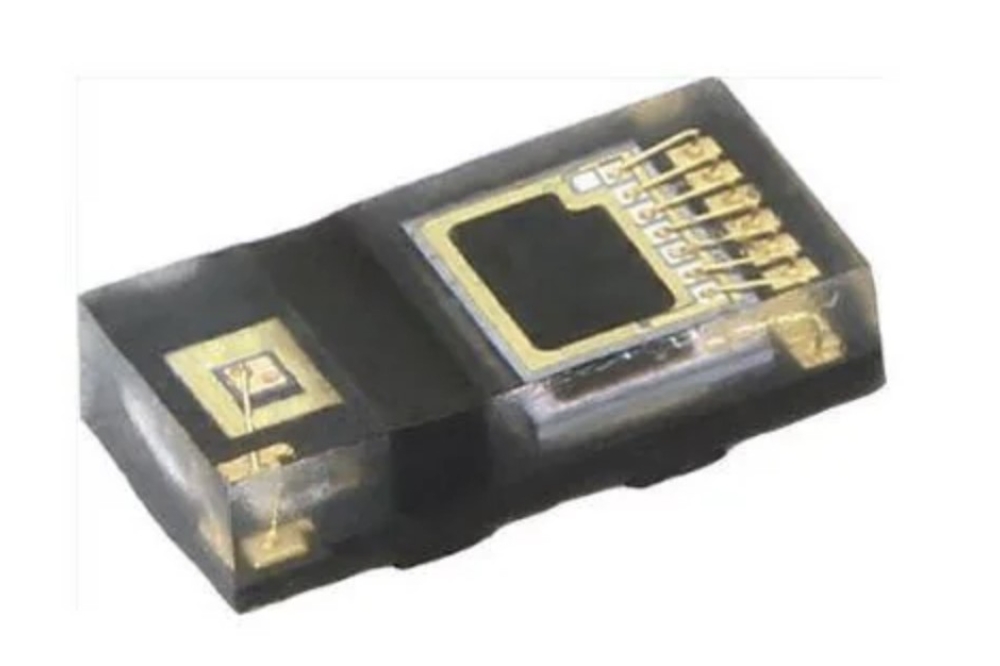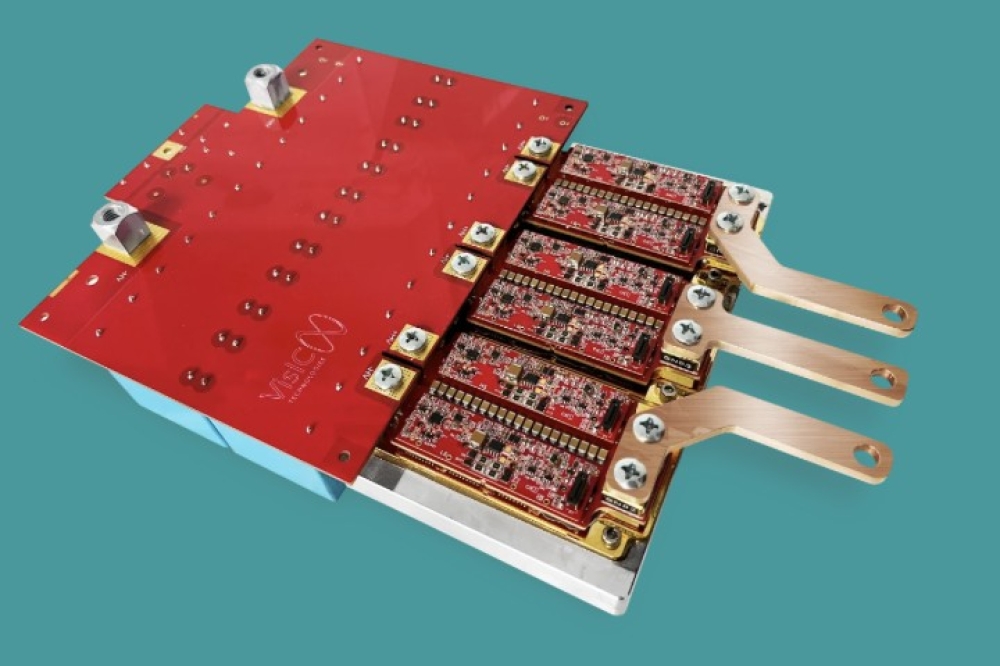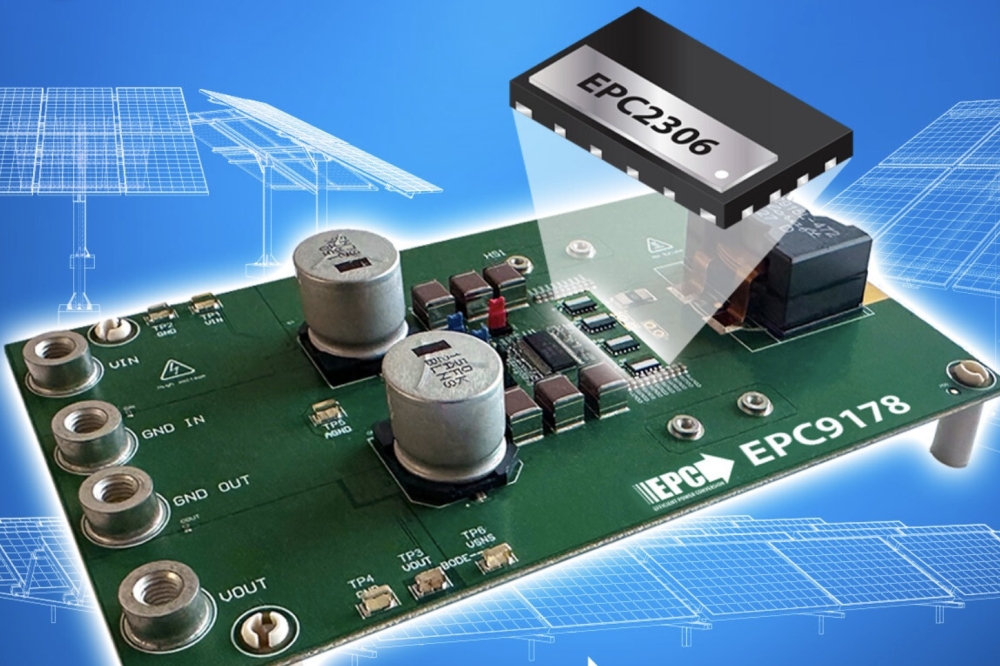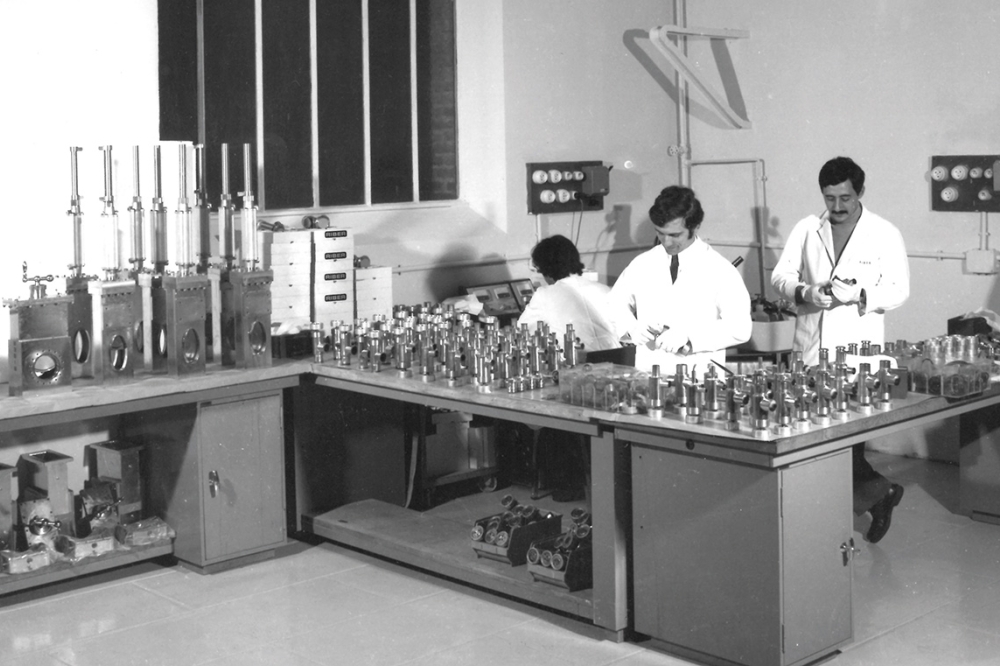News Article
GaN power defence project reaches conclusion
The gallium nitride based 'Production Act Title III Project' has resulted in improved technologies for communication, imaging and sensor systems

A government and industry team led by engineers from the Air Force Research Laboratory's Materials and Manufacturing Directorate (AFRL/RX) have completed a GaN program.
The project focused on assessing, improving, refining, and validating a domestic source of supply for X-Band GaN Monolithic Microwave Integrated Circuits (MMICs).
Because GaN semiconductors enable devices and MMICs with improved power, efficiency and bandwidth, MMIC technology offers the highest level of integration and the smallest form factor and they have become the technology of choice for power amplifiers and radars.
MMIC technology typically provides better high-frequency performance by reducing parasitic circuit elements and provides enhanced reproducibility as a result of uniform processing and integration of all circuit elements.
GaN products include power amplifiers and supporting MMIC solutions, such as low-noise amplifiers, driver amplifiers and limiters. GaN power amplifier technology significantly enhances the warfighters' capabilitie by increasing radar ranges, sensitivity, and search capabilities when compared to existing radar platforms based on other semiconductor technologies.
Additional defence applications for GaN MMICs include communication systems, electronic warfare applications, imaging, and sensor systems.
The Manufacturing and Industrial Technologies Division (AFRL/RXM) Defence Production Act (DPA) Title III team is responsible for conducting this work. Title III is a Department of Defence (DoD)-wide initiative under the Deputy Assistant Secretary of Defense, Manufacturing and Industrial Base Policy (MIBP). The Air Force serves as the Executive Agent for the Title III Program within the Department of Defense and the Title III Program Office is located at Wright-Patterson AFB, Ohio, as a component of AFRL/RXM.
Jeffrey Smith, an engineer from RXM, serves as Air Force Executive Agent Program Manager.
"The Title III Program is a government-funded venture that aides manufacturers who specialize in materials used for defence applications," Smith says. "Production capabilities that would otherwise be inadequate are transformed to support the material requirements of defence programs in a timely and affordable manner."
Smith notes Title III focuses on materials and components that could be used in a broad spectrum of defence systems. He says, "The direct and indirect benefits to defence programs resulting from Title III initiatives are substantial, and Title III projects create numerous economic and technological benefits for domestic industries and consumers."
DPA Title III engineers worked with Raytheon to execute the program at its Compound Semiconductor Foundry, located within its Integrated Air Defence Centre in Andover, Mass. Raytheon, headquartered in Waltham, Mass., possesses a broad international and domestic customer base, including the U.S. Missile Defence Agency, the U.S. Armed Forces, and the Department of Homeland Security.
In addition, its IADC facility is a Department of Defence Category 1A Trusted Foundry (the highest category awarded by the DoD), and is recognized for providing trusted, national security critical components. Their foundry employs 30 researchers and 100 device, circuit and module engineers in addition to numerous production staff operating a 23,000 square foot, Class-100 clean room facility.
This Title III project achieved the primary objective of improving and maturing the production of GaN MMICs by producing a manufacturing process capable of Low Rate Initial Production (LRIP).
"The project achieved a Manufacturing Readiness Level of 8, meaning the fabrication processes are ready for LRIP for insertion into defence systems," Gene Himes, the AFRL/RXM program manager for the initiative says. "When comparing the final results to the baseline Manufacturing Readiness Assessment, Raytheon exceeded all threshold yield key performance parameters resulting in a three times improvement in product yield and a 76 percent cost reduction for its GaN MMICs."
In addition to yield improvements, the team logged more than one million hours of reliability testing over the course of the project. Comprehensive reliability testing helped to eliminate early MMIC failures and exceed the median time to failure key performance parameters by 1,000 times.
Raytheon engineers also enhanced their GaN MMIC computer design model, which resulted in first pass design successes, robust models incorporating temperature and process variations, and comprehensive design kits for use in two separate software packages.
"This program exploited the material properties of GaN semiconductors to enable devices and MMICs with higher power, higher efficiency and bandwidth, and superior performance than existing semiconductor technologies," Himes adds.

